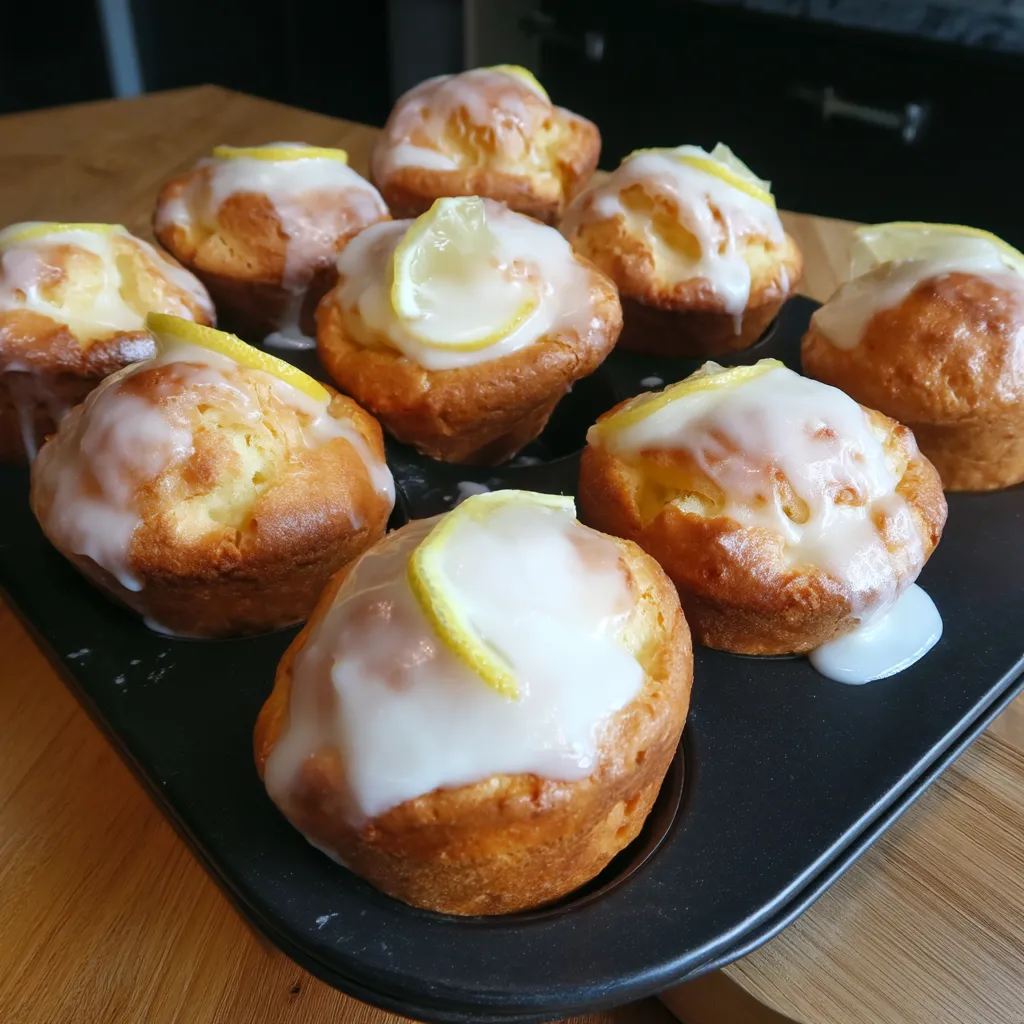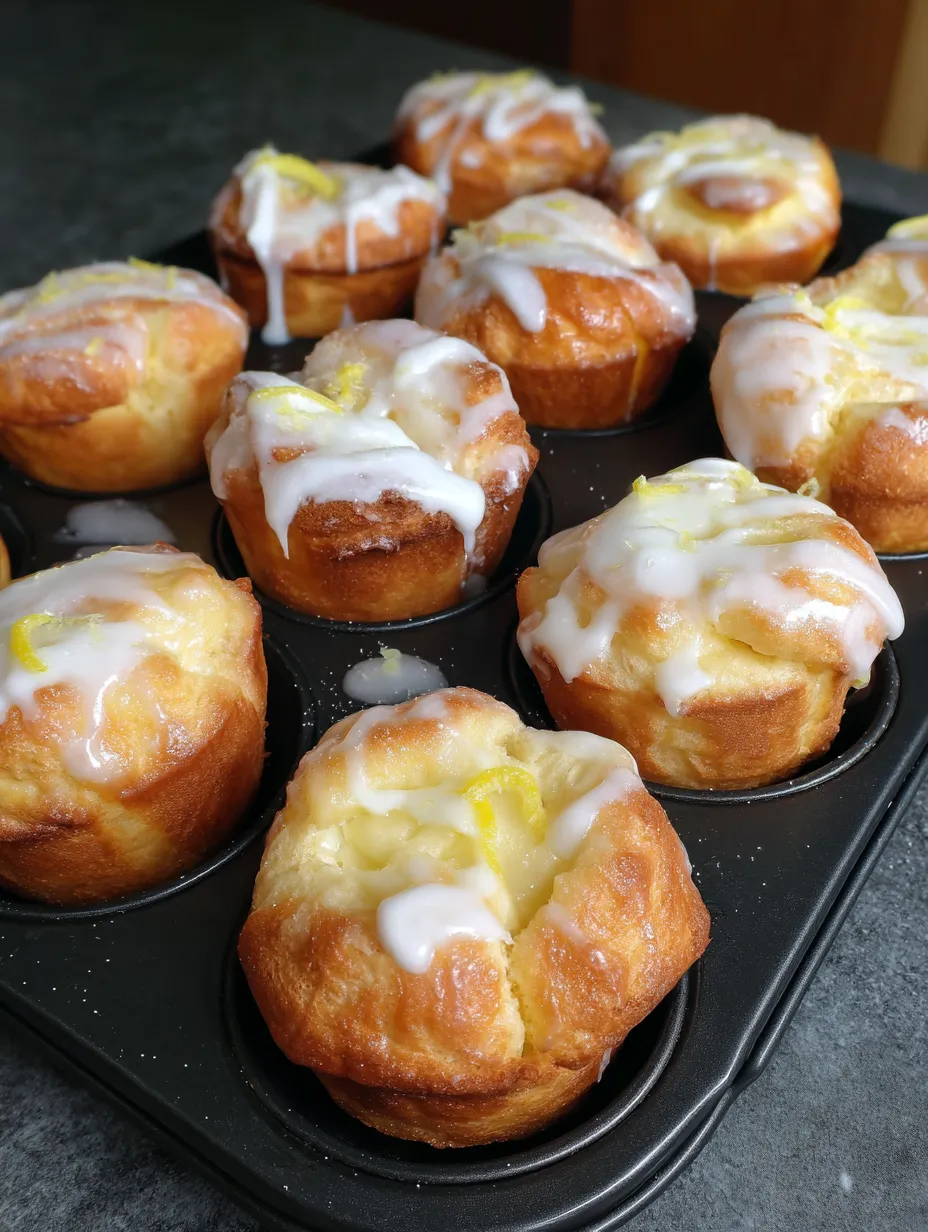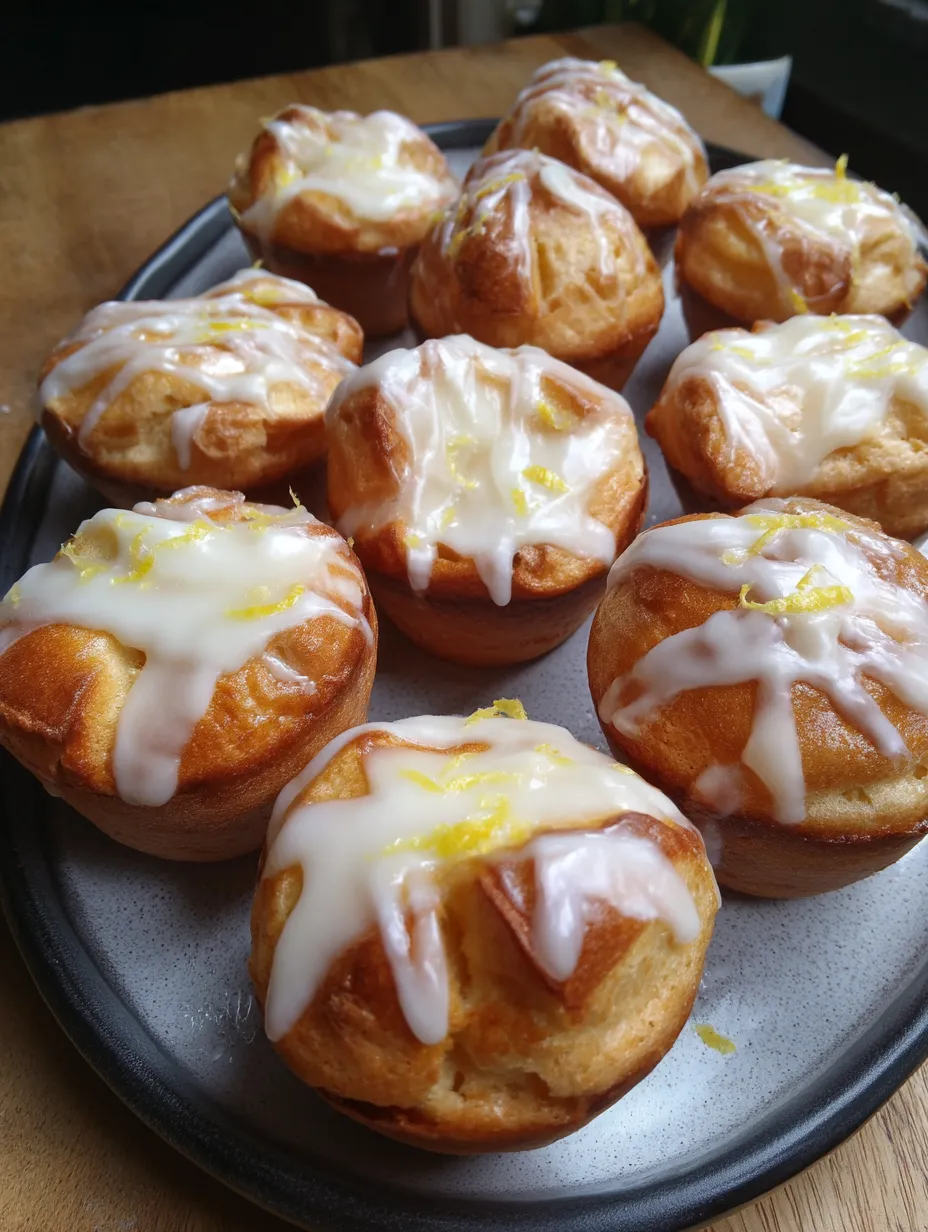 Save
Save
This fluffy Portuguese sweet treat is my go-to for brunch dates. Cavacas are like popovers but topped with a zippy lemon glaze, making something just different enough to surprise everyone. They’ve got this crispy shell and light, almost hollow inside. That combo makes them so easy to munch and impossible for anyone to forget—they’ll want to know your secret.
My first cavaca came from a hands-on Portuguese class. I couldn’t believe how easy and tasty they were, so now I make them for family brunches, especially for any holiday get together.
Irresistible Ingredients
- 8 eggs: leave them out so they warm up because that’s how you get the puffiest cavacas
- 2 cups flour: keeps things soft inside but gives just enough shape
- 1 cup oil: helps get them crunchy around the edges
- ½ cup milk: gives them richness and boosts their lightness
- 1 teaspoon vanilla extract: a touch of sweet, cozy flavor
- 2 cups icing sugar: goes in the glaze so it’s smooth and drippy
- Lemon zest: gives the glaze a tangy kick that’s honestly perfect with the sweetness
- 2 tablespoons milk: helps the glaze go on easy, adjust this how you like
Easy-to-Follow Steps
- Show Off With That Glaze:
- Whisk together lemon zest, icing sugar, and milk in a bowl until it’s silky. It should be just thick enough to stick but not too stiff—you want it to drip a bit. Add a splash of milk or a few pinches of sugar till you get it just right.
- Finish With Flair:
- Either dip the tops in your glaze or drizzle it right over the cooled cavacas. Set them aside for the glaze to firm up. You can fill the middles with pudding, whipped cream, or lemon curd if you’re feeling extra.
- Let Them Chill Out:
- Leave your baked cavacas in the tins for around 5 minutes before popping them onto a cooling rack. They’ll sag just a little as they cool and that’s totally fine—that’s how you get the perfect spot for fillings or glaze. Be sure they’re cool before you go wild with the toppings.
- Bake 'Em Up:
- Pop the tins on the middle oven shelf and bake for a good 45 minutes if you like ’em a bit moist inside, or let them go up to an hour if dry is your thing. They’ll totally balloon and turn deep golden brown. Don’t open the oven in the first half hour or you’ll ruin the rise.
- Fill the Tins Just Right:
- Spoon your batter into the greased tins. Fill mini muffin cups or popover tins just over halfway. Bigger tins, stick to half full—they’re going to grow way more than you think. Leave space so you don’t end up with batter spills.
- Crank That Batter:
- Toss all the batter stuff in the mixer and whip for a full 20 minutes—seriously. All that mixing gets air in there, so they puff up and turn pale and super light. Don’t skimp on the time.
- Get Ready to Bake:
- Fire your oven up to 350°F and thoroughly coat your muffin tins in oil or butter so nothing sticks. Use a 24-cup mini muffin tin or two regular 12-cup tins, depending on what you have.
 Save
Save
Here’s a trick from my Portuguese grandma: she always mixed a little lemon zest into the batter itself, not just the glaze. That scent wafted all through the house every Sunday, and we could never resist getting up early for a warm cavaca in the kitchen.
The Trick for Awesome Cavacas
The secret is how long you beat the batter, no joke. Lots of folks don’t believe it really takes 20 minutes, but that’s what makes them puffy and airy inside. Your mixer packs in tons of bubbles, and in the oven, those give cavacas their honeycomb look. If yours turn out flat, odds are you didn’t beat the mixture long enough.
Ways to Serve
Cavacas are the best when you set them out with a robust cup of coffee or a mug of tea—the sweetness goes perfectly. In Portugal, they’re an everyday treat with espresso or part of a full dessert table. To dress them up, pile them on a tray with berries and some whipped cream. You can also serve with citrus slices or maybe a scoop of vanilla ice cream for a bigger finish.
 Save
Save
Keeping Them Fresh
Honestly, they’re at their best the day you bake them, but you can toss them in an airtight container for up to two days at room temp. If you glaze them, they might soften up a bit, which is actually great for some folks. You can freeze plain, unglazed cavacas for a month. Just thaw and glaze when you’re ready. Want to prep for an event? Mix and bake in the morning, then glaze right as your friends show up.
Cultural Backstory
Cavacas have been around forever in Portugal. They were first made using copper tins and saved for the big celebrations or important religious days. The word “cavaca” is all about that little pocket in the middle that holds the sweet glaze. Up north, you’ll spot them for Easter, but in the Azores, people snack on them any time of year—they’re just that special there.
Recipe FAQs
- → Why are cavacas special?
They stand out because of their light, fluffy centers and crispy edges. Beating the batter really well is the secret to their signature puffed look after baking.
- → What goes into the lemon glaze?
It's just powdered sugar, fresh lemon zest, and milk stirred together. You can tweak it by adding a splash more milk or sugar until it’s just right for you.
- → What kind of baking pans can I use?
Anything from mini muffin pans to regular muffin pans or even popover tins will work. Don’t forget to grease them up beforehand!
- → Can cavacas have fillings?
Absolutely! Fill the center with goodies like whipped cream, custard, or lemon curd after they’ve cooled down.
- → What’s the best way to serve cavacas?
For the freshest experience, eat them the same day. Enjoy them during breakfast or brunch, or they make a fantastic dessert with some coffee alongside.
